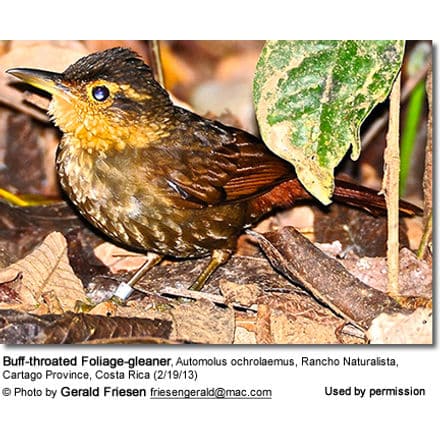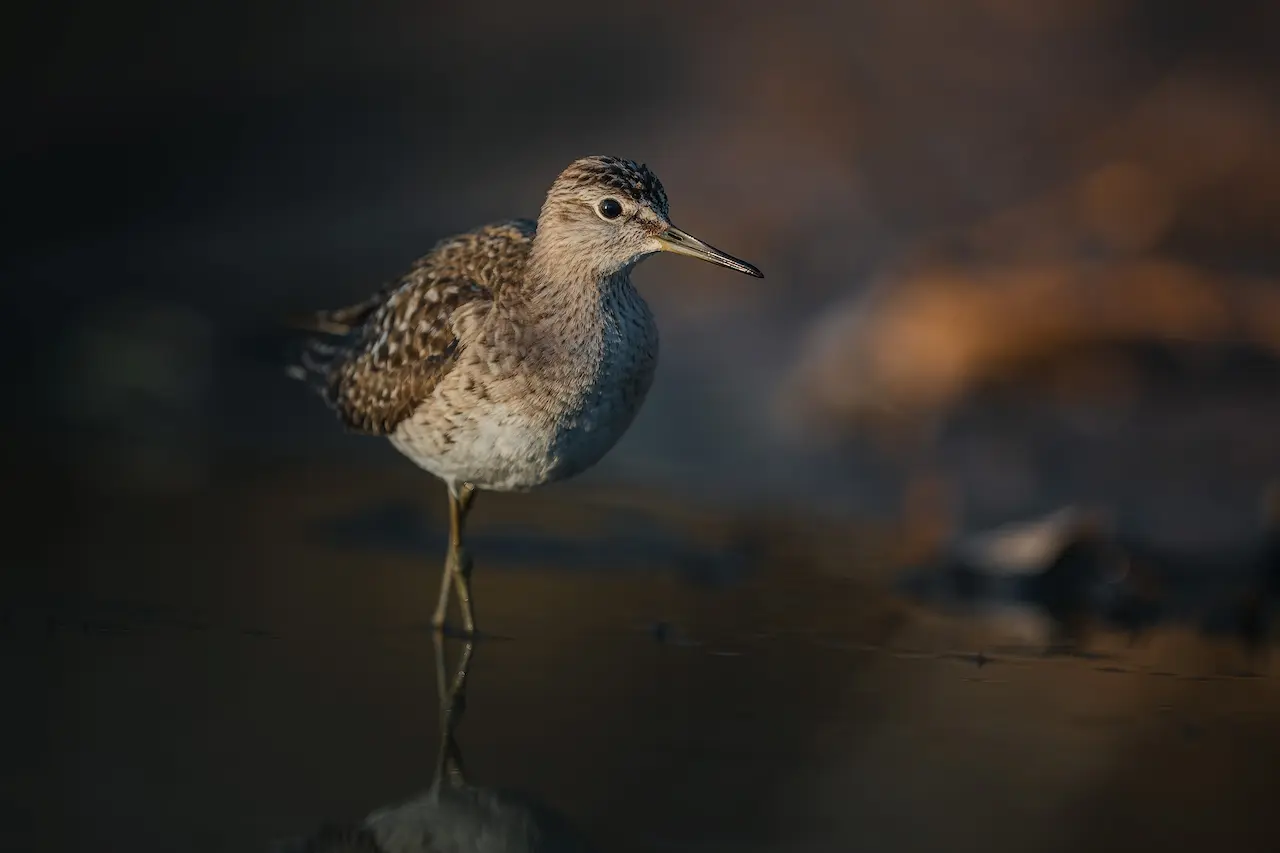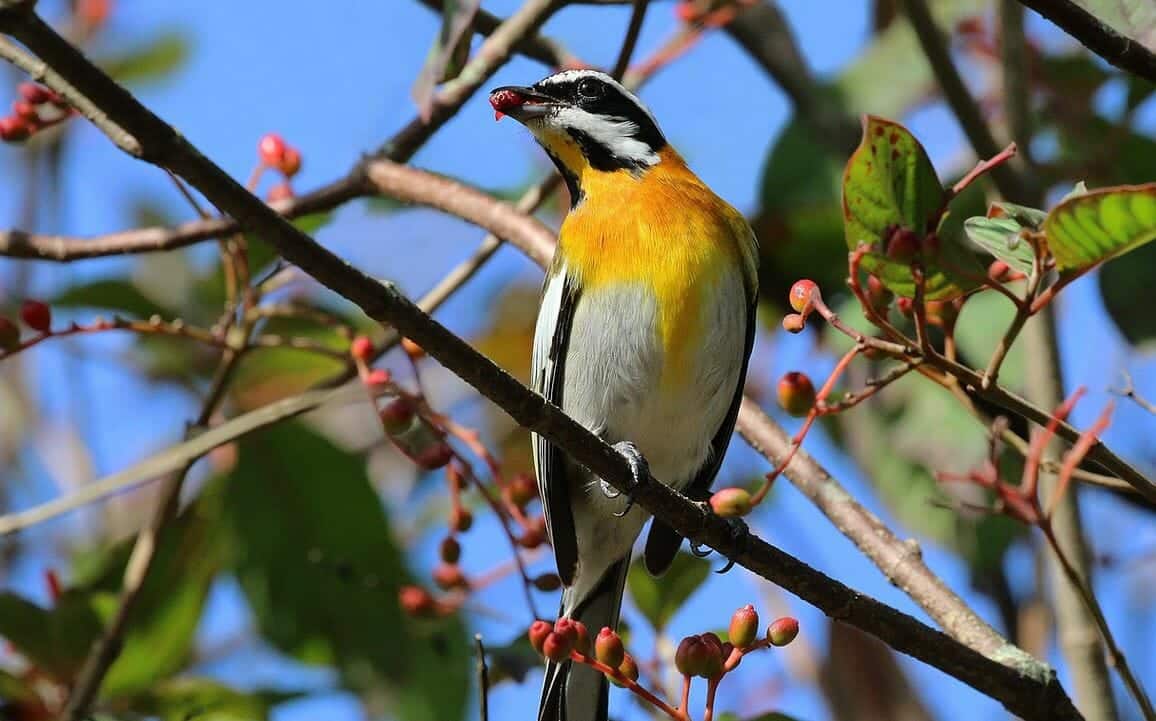Cox’s Sandpipers
Cox’s Sandpipers (“Calidris” × paramelanotos) is the name given to shorebirds which are hybrids between male Pectoral and female Curlew Sandpipers.
It was discovered in Australia in the 1950s, and named after Australian ornithologist John B. Cox. Originally described by other Australian ornithologists as a species new to science, it was later found to be a hybrid between two other common sandpiper species. Most if not all birds found to date are males, in accord with Haldane’s rule.
Discovery and naming
The first Cox’s Sandpiper was recorded in Australia in 1955. Observers initially felt that the birds were Dunlins, but as more birds were discovered (particularly in the period between 1968 and 1975) doubts were cast on this identification.
By 1986, at least 20 such birds had been observed in various locations on the south and east coasts of the continent, although no consensus existed about their identity; among the theories postulated were that the birds were aberrant individual or a previously undescribed subspecies of the Dunlin, or that they were a stereotyped hybrid (meaning that all birds of some hybrid parentage appear near-identical).
In order to help resolve the problem of the birds’ identity John Cox collected two specimens, one in 1975 and another in 1977, and deposited them at the South Australian Museum.
Thinking that the birds might be “Cooper’s Sandpipers” (see below), the two specimens were sent to the American Museum of Natural History in 1977 for comparison with the type specimen from which that form was named; replies indicated that the birds were not of the same species (Buckley 1988).
A live bird was caught and photographed in 1981, and, in 1982, Shane Parker formally described the bird as a new species (Parker 1982).
Following Parker’s description, the view that these birds represented a good species (as opposed to aberrant individuals or hybrids) gained some ground; the ‘species’ was listed in the Shorebirds volume of the Helm Identification Guides (Prater et. al. 1986) for example, although with a note indicating that the possibility of hybrid origin could not be ruled out.
Appearance
Cox’s Sandpiper is similar in size and shape to Pectoral and Sharp-tailed Sandpipers. The bill is fairly long, blackish and slightly drooping, sometimes with a yellowish base; the legs are dull brownish-green in colour. The birds’ wings at rest extend just slightly beyond the tail.
Cox’s Sandpiper has not yet been observed in breeding plumage; it is possible none exists, as it would require the birds to have functioning gonads (an uncertain possibility). Mature specimens have all been in non-breeding plumage, although some have started to acquire a few breeding-plumage feathers. In non-breeding plumage, birds are brown-grey above and white below, with a brown-grey breast-band and no flank-streaks.
When hints of a breeding plumage are acquired, a rusty tinge develops on the breast and ear-coverts, some flank streaks appear, and on the upper parts the non-breeding-plumaged feathers are replaced by feathers with black centres, grey tips and buff or pale chestnut fringes.
In both plumages, the breast-band is not as distinctly demarcated from the rest of the underparts as on Pectoral Sandpiper, and no birds have been observed which display the characteristic flank-chevrons shown by Sharp-tailed Sandpiper. Also, more white is present on the uppertail-coverts of Cox’s Sandpiper than on the parent species.
Juvenile Cox’s Sandpipers are known from only two individuals, one from Massachusetts (Grant, 1987; Kasprzyk et. al., 1987; Vickery et. al., 1987, and Buckley, 1988). and one from Japan (Ujihara 2002, both believed to be Cox’s Sandpiper based on their morphology, but not identified with certainty.
These birds closely resembled juvenile Pectoral Sandpipers, but without a well-demarcated breast-band (although the Japanese bird showed strong streaking on the breast-sides). In this plumage, the birds also showed large amounts of white on the uppertail-coverts.
The original specimen of “Cooper’s” Sandpiper
Cooper’s Sandpiper, “Calidris” × cooperi was described (as Tringa cooperi) by Spencer Fullerton Baird in 1858 based on a specimen collected on Long Island, New York, in May 1833 and deposited at the American Museum of Natural History. It was named after the conchologist William Cooper, who collected the bird.
When John Cox examined slides of the specimen in February 1988, he found a number of features in common with the Australian birds. The birds appeared to be of the same size and structure, with several plumage features in common including a heavily streaked head and neck with a rusty wash, a split supercilium (line above eye), and identically-patterned upperparts feathers. Although the bill of the Cooper’s specimen was straight (compared to the drooping bill of Cox’s), this could be due to damage and distortion.
The birds do differ insofar as that the Cooper’s specimen has a spotted, not streaked breast. This could be accounted for by the plumage stage, given the differences in the times of year when the specimens were collected; also, some of the Cox’s Sandpipers seen in Australia have had similar underparts markings to the Cooper’s specimen.
Nonetheless, those that have directly compared the Cooper’s and Cox’s sandpipers feel that they are not identical (Buckley, 1988; Cox, 1990).
Pattern of records in Australia
Most records to date have come from the more heavily-populated south and south-east of Australia.
Records outside Australia
In late August, 2001, another juvenile Calidris showing features of both Pectoral and Curlew Sandpipers was found at Shintone, Ibaraki Prefecture, Japan.
An account of this bird, illustrated with photographs, was published in the British journal Birding World (Ujihara 2002). This bird was believed to be another juvenile “Cox’s Sandpiper”.
The mystery solved
The birds were conclusively shown to be hybrids by Christidis et al (1996). They analyzed 3 specimens of Cox’s Sandpiper and found that the mtDNA sequence of the cytochrome b gene was identical to that of Curlew Sandpipers, while variation fit the pattern seen in Curlew and Pectoral Sandpipers, but neither agreed with that of other proposed parent species (Sharp-tailed Sandpiper, White-rumped Sandpiper, and Ruff).
Since mtDNA is inherited only from the mother, they concluded that the parentage of Cox’s Sandpipers was a male Pectoral and a female Curlew Sandpiper.



